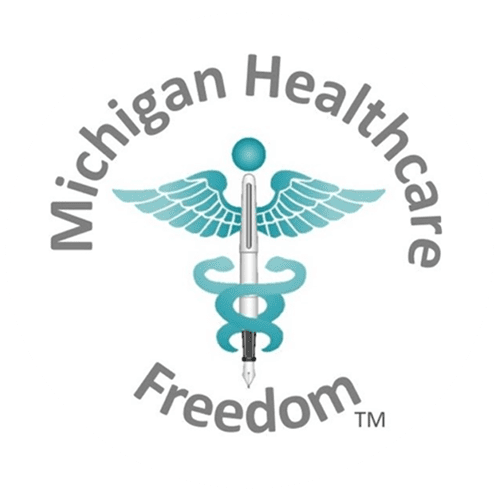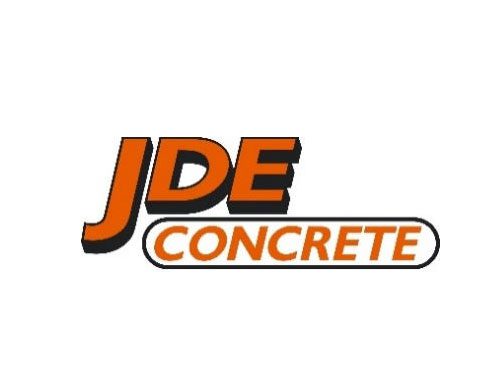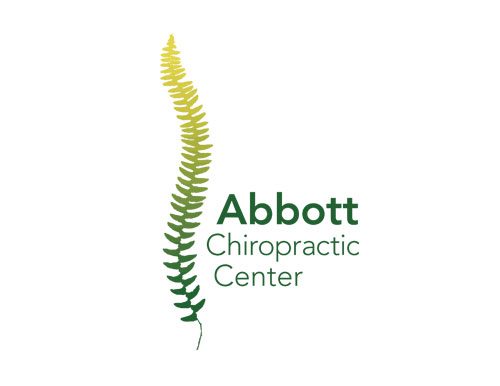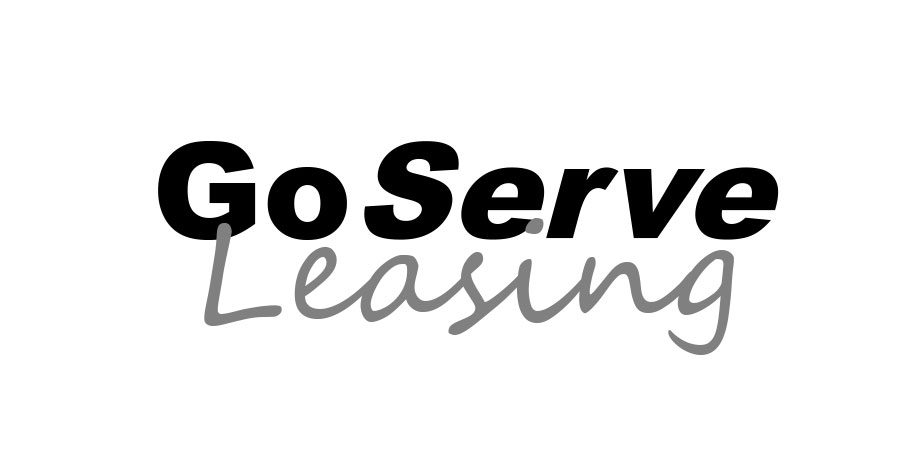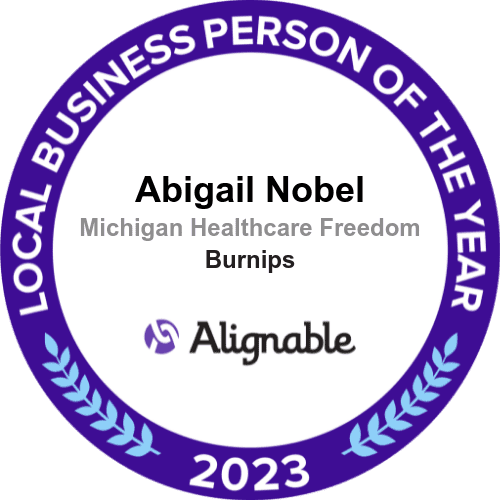
It’s been awhile since we posted on the nursing shortage. Back then, we barely scratched the surface of its deeper causes.
And to be fair, healthcare shortages also involve the rest of healthcare.
From its Clinical Leadership division, Beckers Health reports on what I think is the root cause of it all.
Systems ramp up efforts to reduce documentation time
Nurses spend up to 41% of their workdays in electronic health records, according to a 2022 report from the Office of the U.S. Surgeon General.
By: Paige Twenter | September 13, 2024
Several health systems are plugging away at the problem that clinicians say hampers their time with patients and makes workloads “overwhelming,” the report found. For some physicians, 90% of their eight-hour shifts are spent on EHRs.
As hospitals test the capabilities of ambient listening, New Orleans-based Ochsner Health and Baltimore-based Johns Hopkins Hospital have already chipped away at the documentation burden.
Johns Hopkins Hospital
In four months, the hospital saved nurses 170,620 clicks, according to April Saathoff, DNP, RN, vice president and chief nursing information officer at Johns Hopkins Medicine.
In March 2023, a survey asked workers what “drove them crazy” about documentation. The responses helped leadership design a blueprint for documenation goals. The first phase of the project focused on an auto-fill feature for its reassessment forms. The change not only saved more than 170,000 clicks overall, but assessment times were 13 minutes shorter.
“Instead of the nurse having to go in and document on every single row on a head-to-toe reassessment for the patient, we now have some fields added to the top where the nurse can document reassessment changes noted or reassessed no changes,” Dr. Saathoff said.
The next phase is a new nursing handoff tool, which is planned to start spring 2025.
Ocshner Health
With Epic, Ochsner Health has saved its nurses 11 million clicks, or 10 minutes of documentation time, per nurse, over a fiscal quarter.
This has saved nurses 10 minutes of documentation time over a quarter, according to Tiffany Murdock, DNP, Ochsner’s chief nursing officer at Ochsner Health. The system’s next goal is to have 90% of discharges be virtual, saving nurses 23 minutes, and then bolster virtual admissions, saving them 28 minutes.
“Even bigger in the documentation is, how do we cut the time out?” Dr. Murdock told Becker’s, adding that tasks such as turning on and off lights, pulling blinds and moving beds up and down could one day be accomplished with AI.
Documentation time up to 41% and 90% of each shift.
Understand, this time is not productive for patient care. Most data input is required by regulation, reimbursement, government data collection, and the legal team. The vast majority will never be accessed for patient care.
That leaves 59% and 10% of clinical time for patients.
This is horrible for morale. It’s devastating to relationship with the patient. And the administration involved has caused healthcare costs to skyrocket.
By my estimate, 20 years ago documentation took 10% of a typical day for doctors and nurses.
Do the math
If we could flip back to those priorities, these doctors could 9X their patient time, and probably their job satisfaction. Patient satisfaction and outcomes would almost certainly follow suit.
This would not resolve staffing shortages immediately.
But as word got out that patient care was once again the priority in healthcare, positive effects effects would snowball.
